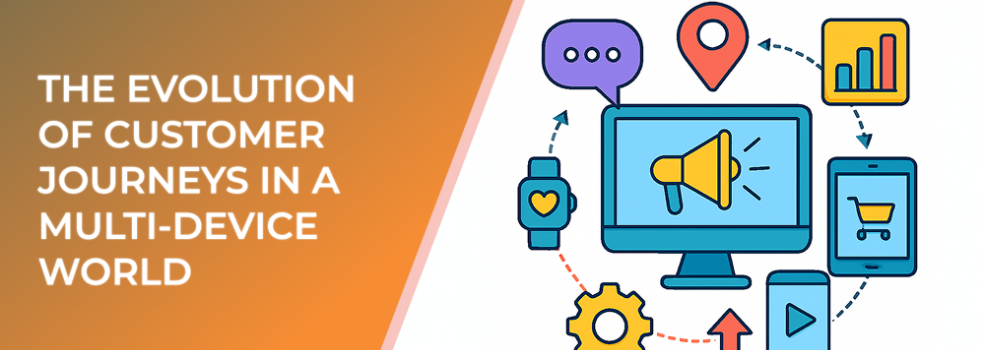The customer journey has never been static. From the early days of single-channel marketing to today’s multi-device ecosystem, the way consumers discover, evaluate, and purchase has undergone a seismic shift. In 2024, the average consumer owns 3.6 connected devices, ranging from smartphones and tablets to smart TVs and wearables. This multi-device landscape means that brands must adapt their strategies to meet customers where they are—often across multiple touchpoints within the same day.
The Shift to Multi-Device Behavior
According to recent studies, over 70% of consumers switch between devices to complete a single task. For instance, a user might begin researching a product on their smartphone during a commute, continue exploring reviews on a laptop at work, and finally complete the purchase on a tablet at home. This fragmented behavior challenges marketers to ensure a consistent and unified experience.
The rise of mobile has been particularly transformative. Mobile devices account for more than 60% of global web traffic, making them a critical component of any customer journey. However, desktop and larger-screen devices still dominate in the final stages of conversion, especially for high-consideration purchases.
Key Elements of the Modern Customer Journey
-
Cross-Channel Discovery: Customers often first encounter brands through social media or ads on mobile devices, but research shows they frequently shift to desktop for in-depth exploration.
-
Multi-Platform Consistency: Inconsistent messaging across devices leads to drop-offs. Cohesive branding and synchronized ad campaigns are essential.
-
Micro-Moments: These short, intent-driven interactions (like searching for a nearby store or checking reviews) often happen on mobile and can heavily influence purchase decisions.
-
Personalization Across Devices: With the help of data and automation, brands can tailor experiences that follow users from one device to another, increasing relevance and engagement.
The Role of Data in Mapping Journeys
Data-driven insights are critical to understanding how customers move across devices. For example, 63% of consumers expect brands to recognize them across platforms, and failure to do so can reduce trust and loyalty. Advanced analytics, tracking pixels, and attribution modeling allow businesses to connect the dots and map out accurate customer journeys.
Challenges in a Multi-Device World
-
Attribution Complexity: Determining which device or channel contributed most to a conversion remains one of the hardest tasks.
-
Privacy Concerns: With growing restrictions on data tracking, marketers need to balance personalization with compliance.
-
Fragmented Experiences: Failing to align experiences across platforms can damage customer trust and reduce conversion rates.
Best Practices for Marketers
-
Adopt Cross-Device Tracking: Implement tools that unify customer data across platforms.
-
Focus on Omnichannel Messaging: Ensure campaigns deliver consistent messaging whether a customer is on a smartphone, tablet, or desktop.
-
Leverage Automation and AI: Use machine learning to predict customer behavior and optimize ad delivery across devices.
-
Optimize for Mobile First: Since most journeys begin on mobile, seamless mobile experiences should be a top priority.
Conclusion
The customer journey is no longer linear, and the rise of multi-device behavior has made it more complex than ever. Brands that succeed in this environment are those that deliver seamless, consistent, and personalized experiences across every screen. By understanding the modern customer journey, marketers can stay ahead of the curve and build stronger, more lasting relationships with their audiences.

